Discount Pricing Strategy Explained: (Examples, Pros, Cons, Tips)
April 25th, 2022 (Updated 03/10/2023) | 13 min. read
By Idrissa Diop
Are you struggling to move your excess inventory, want to sell your low-priced products in high volumes or are you looking to generate buying interest in one of your new introductory products? If you answered ‘yes’ to all or any one of these questions, the chances are a Discount Pricing Strategy is something you might want to consider to assist in achieving your organization’s business objectives at a national, international or even a regionalized level. But can a discount pricing strategy be sustained over the long term, and what are the benefits and drawbacks? You may even need to do some prep work, or your discounts might end up damaging your brand or cut into your profits. Whatever your perspective, we answer all your questions on discount pricing strategy in this article.
At Pricefx, over the last 10+ years, we have helped hundreds of businesses to optimize their prices. During that journey, we have discovered that no two organizations are identical in their requirements from a pricing software solution, and that their pathway to their ultimate pricing strategy is a circuitous and ever evolving one.
While it best fits businesses operating in the Retail and Food & Beverage Sectors (which we will discuss in this article), a discount pricing strategy is adaptable to many other industries too.
By the end of this article, you may be jumping onboard to begin a discount pricing strategy in your business immediately, or you may file the information away to use later. The rest of you may say ‘No way, I have premium products and discount pricing is for the birds’. Great, but everyone will have their answers about whether a discount pricing strategy is for them or not.
So, let’s dig in and analyze what a discount pricing strategy is, examples/tips of setting up distinct types of discount pricing strategies, the strategy’s pros and cons and using it in combination with other pricing strategies.
What is a Discount Pricing Strategy? – The Definition
Discount pricing strategy differs slightly from an everyday low pricing strategy, which is famously used in the Walmart Pricing Strategy.
Costco, Papa Johns, and Best Buy are also famous implementers of a discount pricing strategy, and we will discuss them all later in this article.
Discount pricing is a type of pricing strategy where you mark down the prices of your products.
The ultimate goal of a discount pricing strategy can be to increase customer traffic, or to clear old and outdated inventory from your shelves, or simply increase sales volume.
Most businesses will also use alternate pricing strategies, so they are not required to depend on discount pricing for extended periods of time.
We suggest being extremely cautious when using a discount pricing strategy. By continually marking down your products, you could end up losing money. Additionally, your customers might not feel a sense of value or urgency if everything is always marked down, or even worse, they may lose faith in the quality of your brand entirely.
Generally, you can’t rely solely on a discount pricing strategy. Large companies often have lower prices because they can get bulk discounts on their products from wholesalers. Smaller or boutique businesses simply cannot compete with them. Sure, you may choose to compete in discounting with the ‘big boys on your block’ from time-to-time, however, if you are a smaller company you may want to shine light on the uniqueness of your products or services for the best long-term effects.
Setting Up Different Types of Discount Pricing Strategies
A discount pricing strategy best suits bricks-and-mortar and ecommerce business. It can include a variety of different discounts, working independently or together in combination including:
- Quantity Discounts: You may choose to offer discounts for product orders that come in higher quantities, or a large quantity of assorted products. Offers such as buy one, get one free or other offers such as free bulk delivery for multiple items are all forms of quantity discounts.
- Loss Discounts: At times, you may offer discounts that actually leads to a loss of profits. The aim of this type of discount is to attract customers to your online or bricks-and-mortar stores, with the hopes that they’ll buy other products that boast a higher profit margin while they are visiting.
- Dated Discounts: You may choose to offer discounts for transactions that occur on or before specific dates. For example, a Cable TV or online magazine subscription service may offer customers a discount for customers that regularly pay their monthly subscription early or an even larger potential discount for those customers choosing to pay for an annual subscriptions.
- Location Discounts: Your business may choose to offer discounts based on geographical reasons, including lower delivery costs for example. That may include heavier discounts for customers collecting products in-store or those customers using a drop-off box location instead of an expensive delivery option.
- New Customer Discount Strategy – Some companies will offer new customers discounts on their initial purchases with the business. In this case, it is a sturdy discounting strategy that can drive new customer acquisition and attract potential repeat business.
- Cash Discounts: On occasion, you may choose to discount certain products for cash only purchases. Usually, the purpose of a cash discount is to eliminate credit card processor fees for a smaller business, which can potentially be up to as much as 4% in lost revenue every time a customer swipes a card.
- Loyalty Discounts: Your business may choose to offer discounts that are exclusive to frequent, loyal, or high-spending customers. The size of the discounts may vary, ranging from the ‘level’ of your standing on the loyalty programs through to exclusive or VIP membership discounts. For example, a coffee chain may offer a point system on the number of coffees purchased, or the best-known example is that of airlines offering miles rewards for frequent fliers.
- Seasonal Discounts: You may choose to offer seasonal discounts to your customers. With seasonal discounts, you can get rid of old inventory or markdown on items that are out of season.

For example, you own a shoe store. When it is almost winter, you mark down Crocs, sandals, and flip flops. This encourages customers to buy summer footwear so you can make way for your winter footwear line and reduces the financial burden of storing your excess winter inventory.
Some types of discounts are more effective for some businesses than others. Some are effective for only those with online and bricks-and- mortar stores, while others may only be useful seasonally throughout the year.
Famous Discount Pricing Strategy Examples
Costco Pricing Strategy
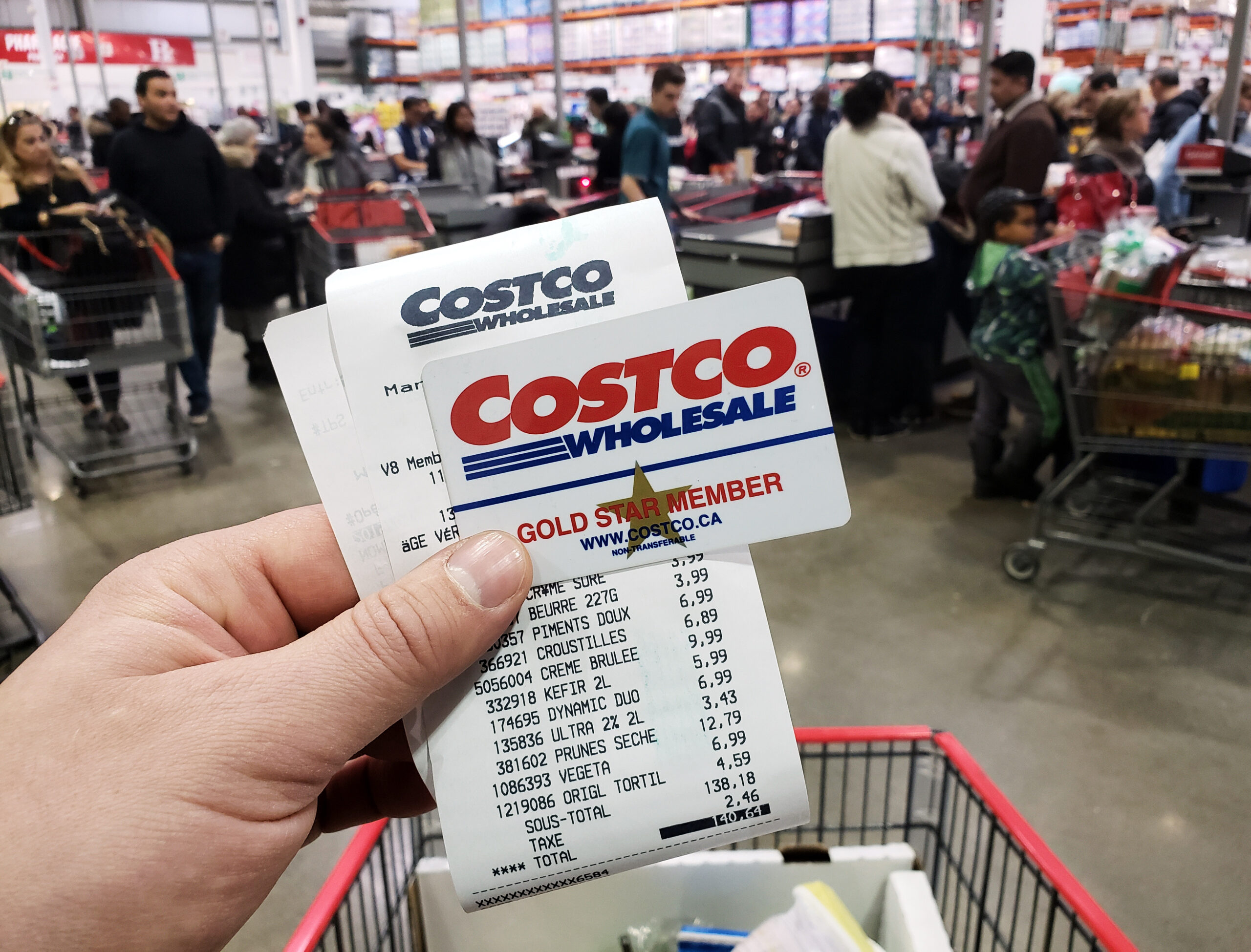
Costco maintains that its rotisserie chicken will always be sold at $4.99 — even though the membership-only big-box retailer does not profit from those sales. The store uses discount pricing strategy on its famous rotisserie chickens and other everyday staples like bread, milk, gas, food-court items, and toilet paper as an incentive to attract shoppers through the door.
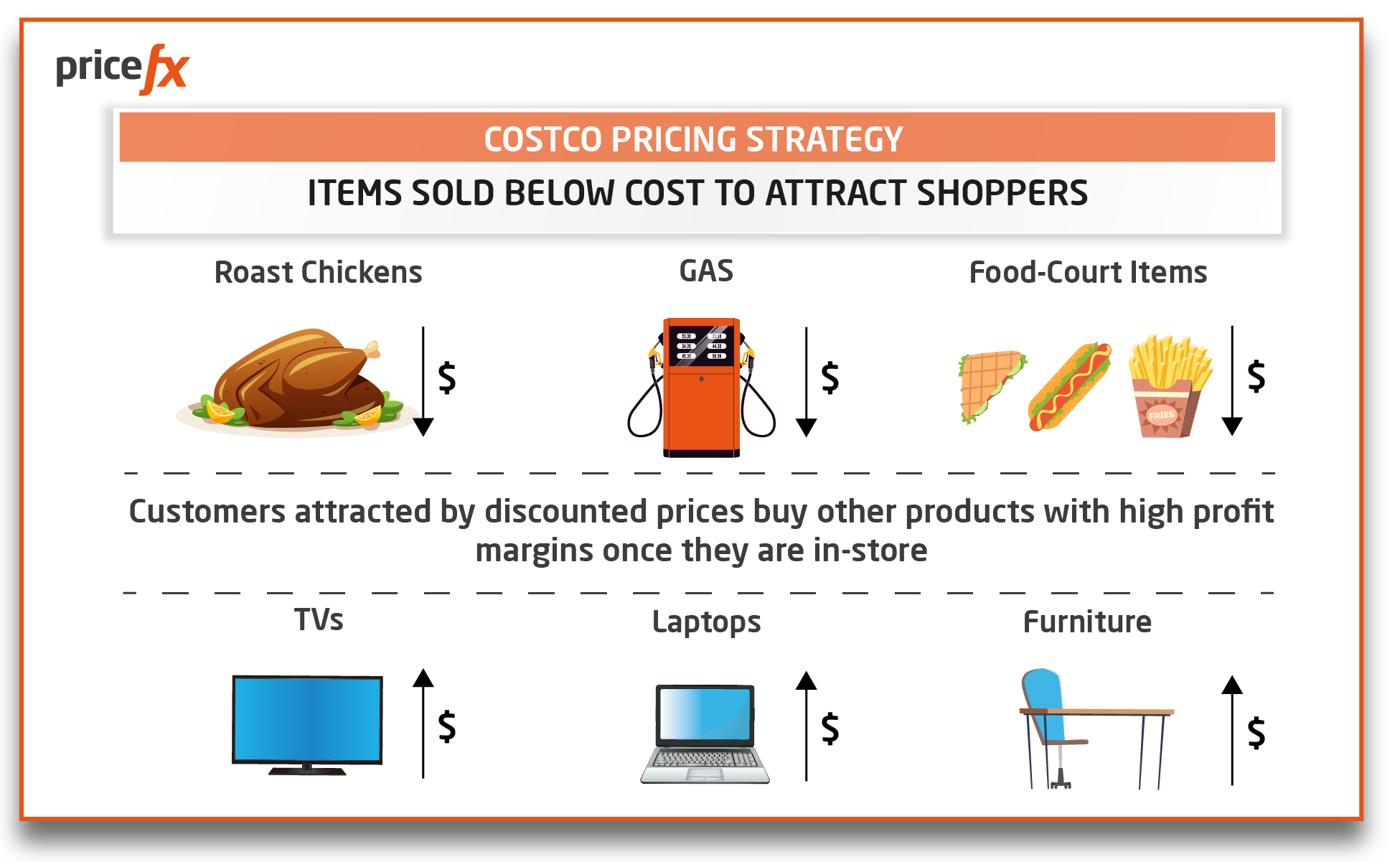
Costco sells its chickens at a loss, boosting customer satisfaction and, in turn, helps Costco cast itself as a reliable, consumer-first brand. Then, once the customers are in the store, they are more likely to be drawn into purchasing other products that they otherwise may not have like TVs, furniture, and laptops etc. with higher profit margins.
Best Buy Pricing Strategy
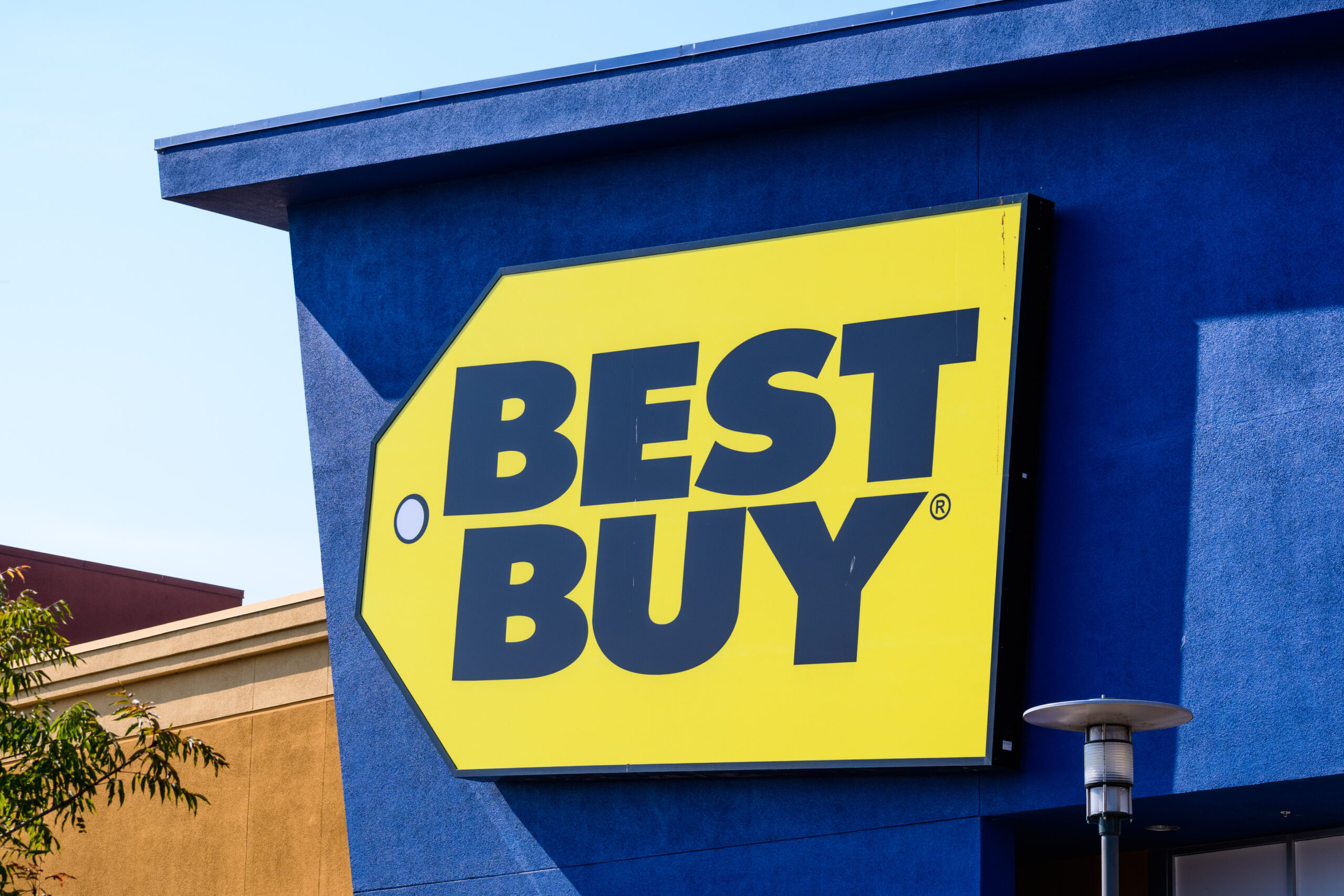
Huge U.S. electronics goods retailer uses a discount pricing strategy however puts their own specific spin on it with their ‘Best Buy Price Match Guarantee.’
Just like any classic form of discount pricing strategy, Best Buy attracts customers through the doors of their stores by matching the prices on any item offered for a certain price at local retail competitors (including their online prices) and other online retailers like Amazon, Dell, HP, and others.
To qualify for the Best Buy Price Match Guarantee, the product must be a new product, a matching brand, model number and color to qualify.
However, the pricing strategy remains the same – attract customers through the doors with discounts – in this case a pricing match guarantee – and those customers will be dazzled into making additional purchases by the amount and diverse number of products available in-store being sold at higher profit margins.
Papa John’s Pricing Strategy
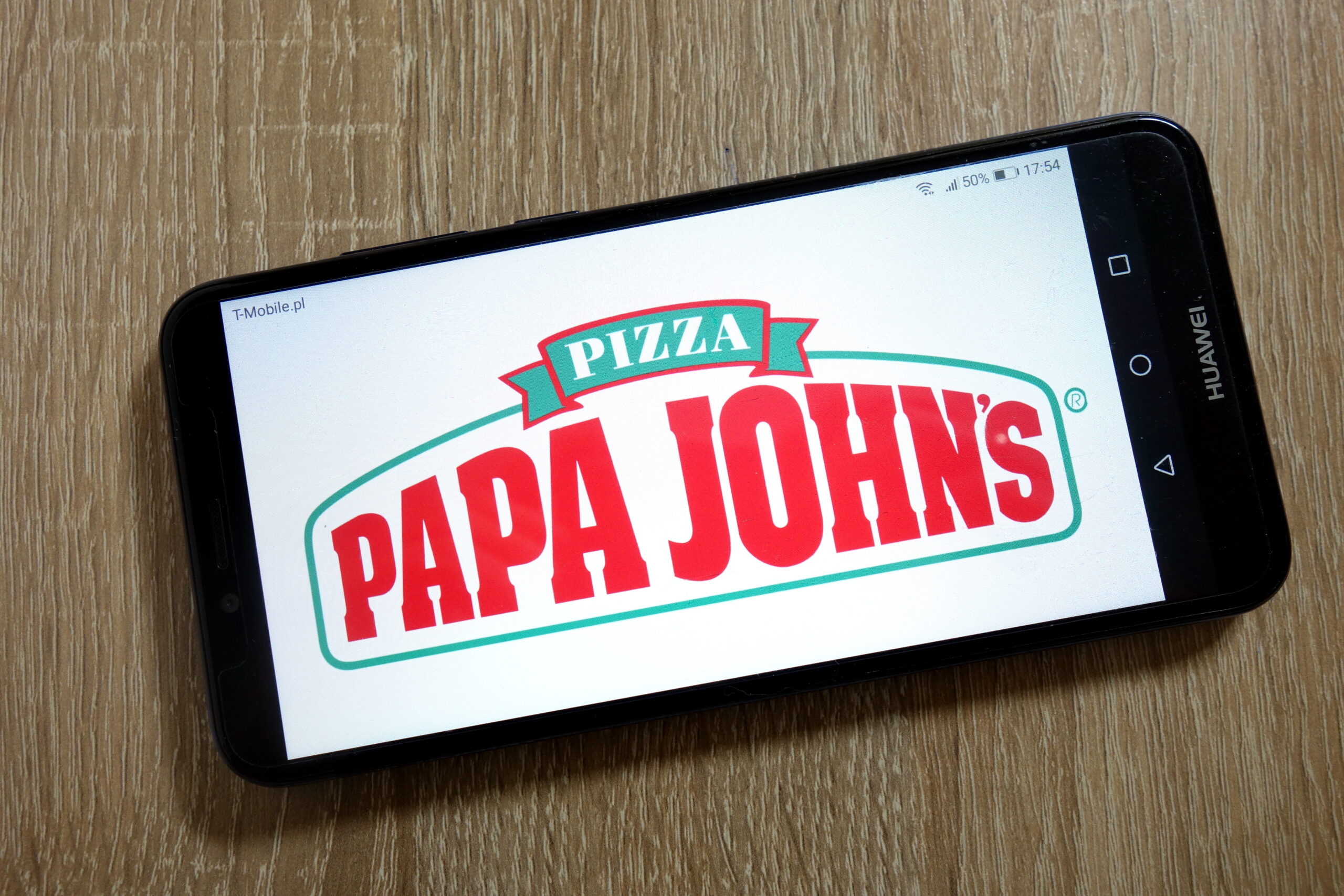
Papa John’s – the fourth largest pizza chain in the United States – employs an aggressive discounting pricing strategy with its famous ‘buy one, get one free’ (or BOGO, as it’s known) pricing strategy. Whilst it is not exclusive to Papa John’s (rumor has it the BOGO concept began with Carvel Ice Cream as long ago as 1936), it is a great way to generate extra profit for your business.
Papa John’s recently chose to switch to a discount pricing strategy to alter customer perception of its brand as a somewhat affluent pizza chain brand to a more discount provider and become more competitive in the process.
Customers usually do not understand why retailers offer these kinds of promotions when for them, a half-price sale delivers them the same price tag and has the same impact on their wallet.
However, BOGOs can be much more profitable for retailers than a half-price sale. To see why, assume that Papa John’s has a buy-one-get-one free promotion at $15 and let’s imagine it costs the store $2.50 to make each pizza. If Papa Johns has a buy-one-get-one-free offer at $15 then you will buy two pizzas and the store will have profits of $10 ($15-$2.50-$2.50).
But if the store sells pizzas for half price, $7.50 each, you will buy just one pizza and the store will have profits of just $5 ($7.50-$2.50). BOGO doubles Papa John’s profits!
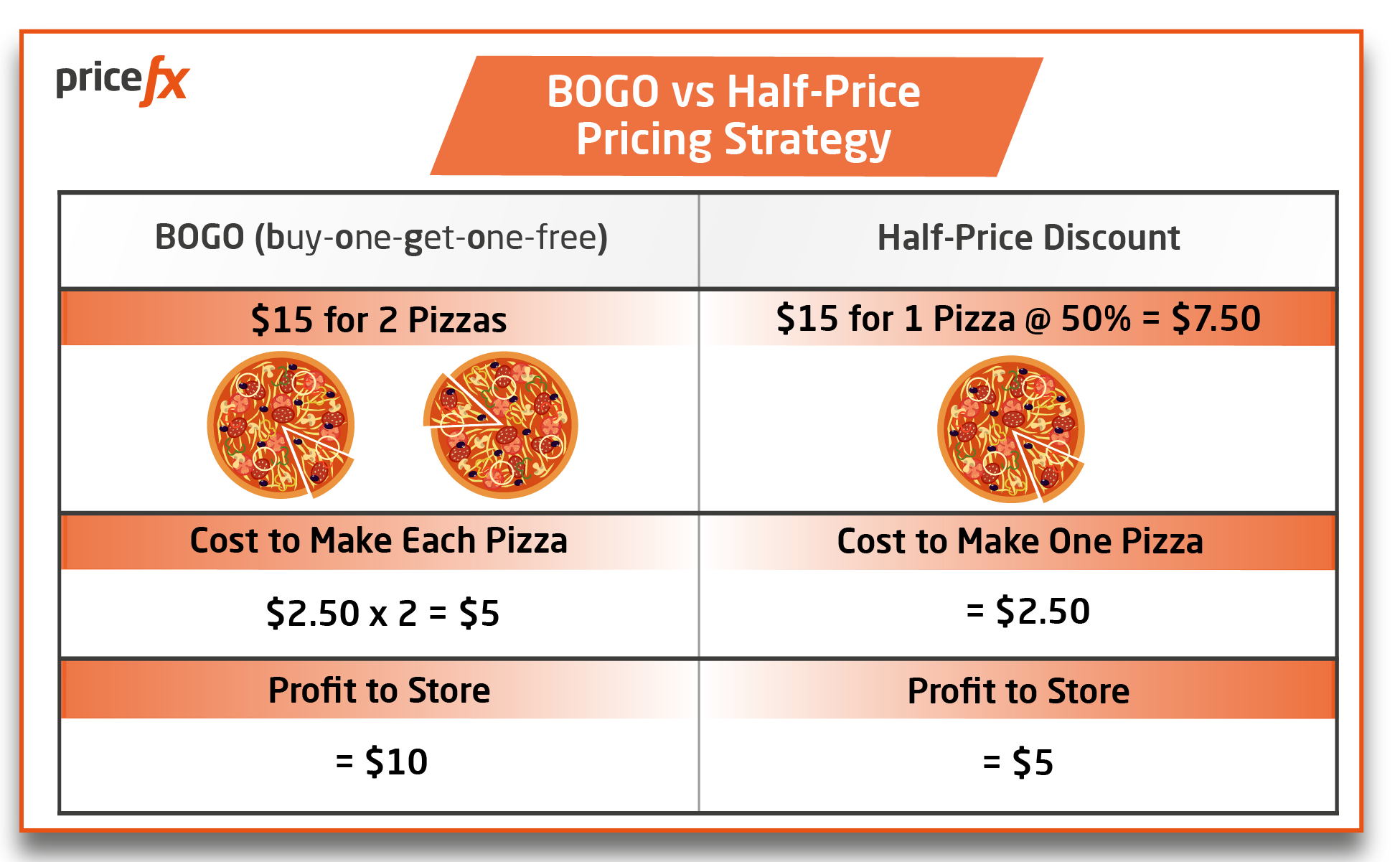
BOGOs can increase profits and allow companies to price more flexibly, using what economists refer to as ‘price discrimination.’ Over the long term, BOGOs generally lower prices overall for consumers because output expands and with larger volume efficiencies, production costs decrease.
The Pros & Cons of a Discount Pricing Strategy
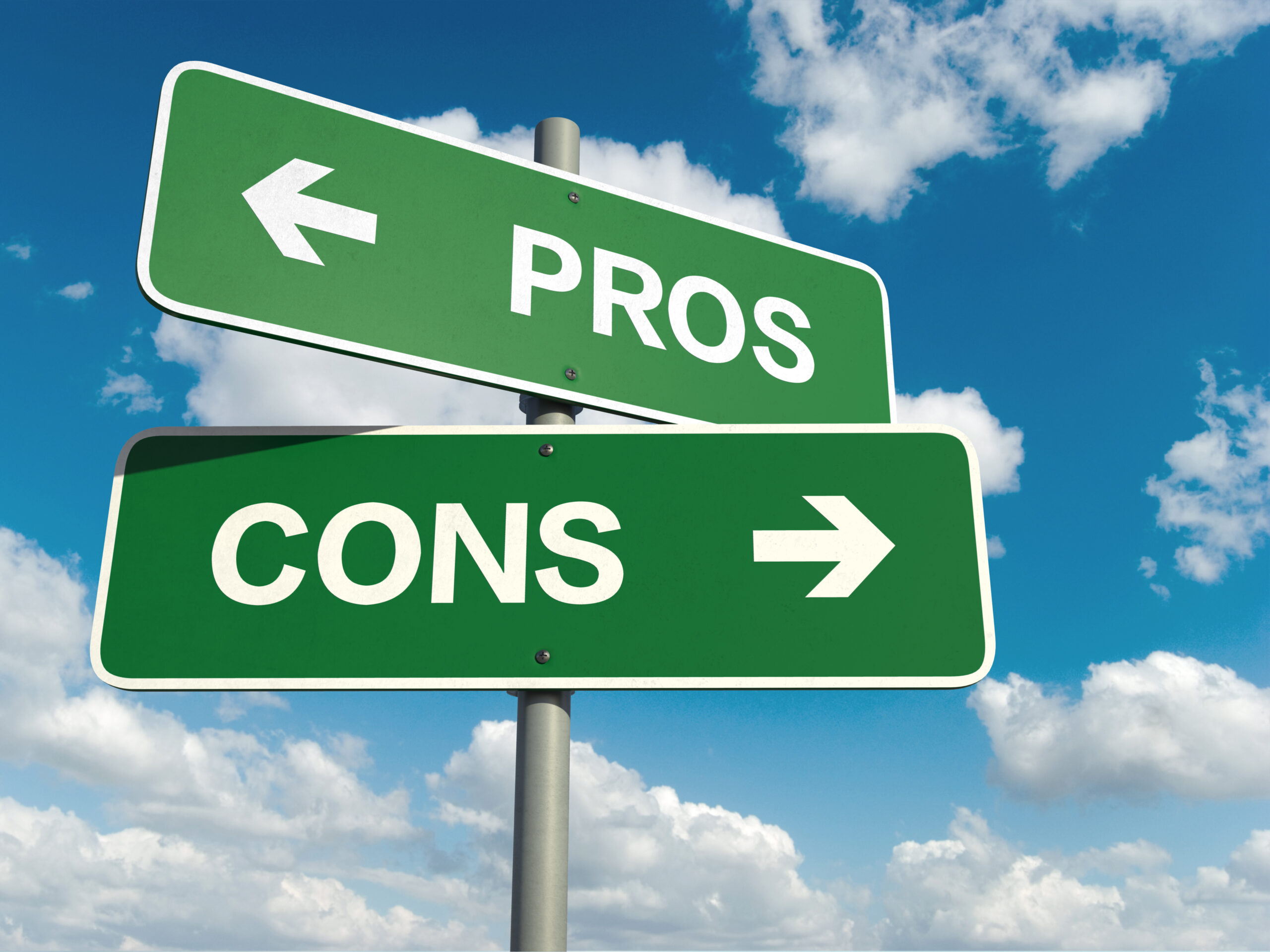
The Pros of a Discount Pricing Strategy
There are several benefits to think about when considering if you should employ a discount pricing strategy for your company;
Discount Pricing Can Generate Quick Interest in Your Products
A discount on your products is a sure-fire method that companies can use to generate interest in their products. It can give marketing campaigns a little extra power if needed, and importantly, spread positive word of mouth for your business.
Discount Pricing Strategy Can Generate Repeat Purchases
The primary purpose of the discount pricing strategy is to convert new customers to your products. By offering a discounted rate on your products or services, you can attract a plethora of new buyers who may not have been otherwise exposed to your products.
Once they have tried what you have to offer, they could be more inclined to continue buying from your company, even long after the discount has come and gone.
Temporary Lower Prices Can Assist You in Selling Excess Inventory
At times (particularly in seasonal industries), you may have excess inventory on your shelves that costs you money to keep in storage. By selling those products at a discount, you can clear up space on your shelves, lower storage costs and still generate some level of return on them.
Increase Sales and Volume with Discounting
If you are not on track to meet your sales or volume targets, discounts can help you get there. Discounting can potentially give you the extra boost you may need and ensure you have a continued cash flow to cover expenses.
Discounting Can Help Convert Wavering Customers
Discount pricing can be an uncomplicated way to increase sales with those customers you may have who are sitting on the fence, procrastinating on closing the sale. While this kind of discount might be unhelpful (and in the long term, could drive down your prices) if offered to all your customers, it could assist in closing that one ‘big fish’ client you have been trying to convert for a while.
The Cons of a Discount Pricing Strategy
Businesses considering the implementation of a discount pricing strategy for their organization should also be aware of the various potential pitfalls;
Discounting Can Result in Unrealistic Customer Expectations
If your business offers discounts too aggressively or too often, you may create an expectation from your customers that discounting is the everyday norm.
If that happens, your customers may become disinterested in purchasing when you offer regular prices. ‘Willingness to pay’ full price goes down for those customers who were initially attracted to your products by discounted prices.
That can create customer frustration and/or dissatisfaction, bad publicity or in the worst-case scenario, even a potential loss of business.
Customers Can Doubt the Quality of Your Products & Become Short Term Buyers Only
Big discounts on a regular basis on your inventory can lead to potential customers questioning the quality of your products, and as a result they can become suspicious of your brand or even put your organization in the ‘low-cost’ brand category.
If you are seeking to construct your brand identity around providing exceptional value, you’ll need to be careful and strategically time how and when you offer discounts.
Very few companies can discount their way to becoming a successful business as long-term discount pricing affects profitability. What’s more, when you discount your products, the perceived value of your products usually takes a big hit.
Customers will not stick with you for the long term if they consider your products are not of high value.
A Discount Pricing Strategy Can Quickly Get Out of Control
Combining the points mentioned above, discounting — and the impact it can have on your brand identity and customer expectations — can be a slippery slope. If you are a consistent discounter, you will eventually transform your business into a discount brand – and a warning – it could happen very quickly.
That trend may become difficult to break once the buyer’s perception is formed, and to pile on the pressure, it may not be financially viable in the long run.
Why You Should Combine a Discount Pricing Strategy with Others
A discount pricing strategy may not be right for every company.
Even if the strategy may assist in helping your company meet some short-term business objectives, you need to make sure it hits a well-defined strategic target. If you can put a well-timed and targeted strategy together, your company could attract plenty of new business through the doors.
To all intents and purposes, what that means is that a discount pricing strategy is potentially not a long-term pricing strategy, particularly if you are looking to pitch your company and its products as high value.
In other words, it may pay to consider a discount pricing strategy as just one of a series of different pricing strategies that your business could use in combination together simultaneously. That’s where pricing software comes in.
If you are looking to add layers of pricing complexity to your business, AI-informed pricing software can assist you in implementing your discount pricing strategy and bringing it together in a unique pricing strategy cocktail custom-made for your business.
To learn more about how to implement a special and unique pricing strategy for your business, check out the handy article below:
